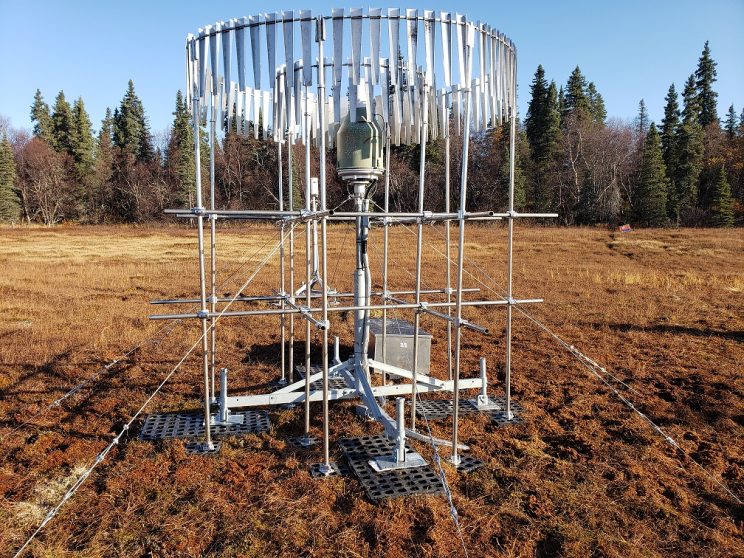ARL Weekly News – May 22, 2020
| Recent Events |
Precipitation is one of the primary measurements for the U.S. Climate Reference Network (USCRN). Many of our stations across the U.S. receive annual rainfall in excess of the Geonor rain gauge’s capacity. An over capacity gauge results in lost precipitation data. Presently we rely on local contacts to empty a gauge that is approaching a critical level if a maintenance team is not scheduled to visit the station before an overflow is expected. However, local hosts are occasionally unable or unwilling to help us out, and we suffer data loss.
The USCRN team has recently been working on a “self-emptying” upgrade to our rain gauges that would negate the need for an individual to visit a site to empty a gauge to prevent data loss. Due to the presence of antifreeze and oil in the rain buckets, this operation is not just a matter of pumping rainwater out of the bucket and onto the ground. The rain gauge contents have to be pumped into a secure storage container, and then more antifreeze and oil has to be added back into the rain collection bucket. The “self-emptying” upgrade performs both of these tasks. The upgraded design, which includes hardware and software modifications, has been tested inside a controlled environment at ATDD and is ready for a field test at our station in Oak Ridge, Tennessee. If this upgrade proves successful, it will be a great expansion to the autonomous nature of the USCRN suite and will further minimize loss of precipitation data without reliance on outside resources.
The potential benefits of this upgrade are especially vivid now. In some cases, personnel are not available to gain access to our stations during the current pandemic. Loss of data at high precipitation sites would not be a concern at this time if this system was already in place at critical stations across the USCRN network.

Rain gauge at a USCRN station. Credit: NOAA
| ARL Scientists in the News |
Xinrong Ren was interviewed by Stacy-Ann Gooden of New York City’s WPIX11 for a story about how COVID-19 has helped with the reduction of CO2 in the atmosphere.

